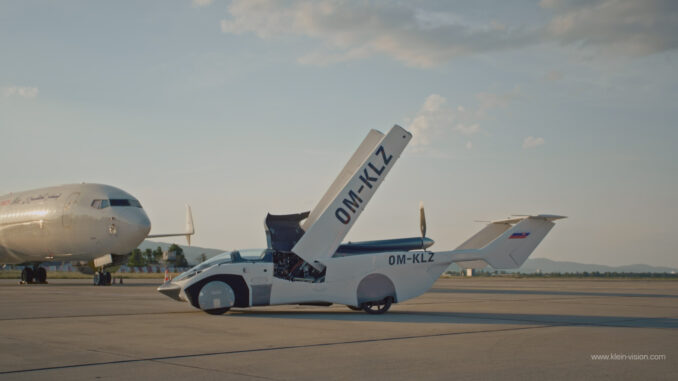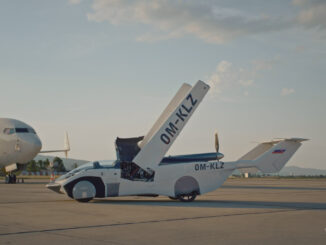
It seems like every five years or so we hear that a Flying Car is just about to be seen on our High Streets. Well, I’m sorry to report that such a sight is about as likely as seeing a UFO land there, especially in the UK.
The dream engendered by a car capable of flight; of escaping our overcrowded roads, especially a traffic jam on our motorways, will, I’m afraid, remain just that… a dream!
There is a market for such a vehicle, however, it is very much restricted to those who are already qualified pilots and will always remain so. Flying is after all about a lot more than pulling back on your flying cars steering wheel and zooming into the wild blue yonder! It’s about knowing and understanding about weather, navigation, communication, flight zones and a lot more.
So why have people been struggling to produce a viable flying car for over a hundred years? Several have been produced but none have achieved any commercial success, despite one being flown by the famous aviator Charles Lindbergh in 1950, only a handful of vehicles appeared.
The biggest attraction of a flying car is to private pilot aircraft owners who currently base their aircraft on local airports. Many privately owned aircraft are simply tied down on the airport and open to the elements. Depending on the airport this can be very costly, but renting an aircraft hangar can be astronomically expensive. Therefore, being able to fold your wings and drive home to park in your own home garage, would save thousands a year. Just being able to refuel at an off-airport petrol station would reduce operating costs by approximately £20 an hour too.
Another major attraction is relating to en-route flight weather. On long trips general aviation light aircraft are very often forced to wait out weather systems which can delay them anything from a couple of hours to a couple of days. Contrary to popular belief an instrument rating does not make the pilot, or their aircraft, impervious to weather.
A flying car would be able to land, ahead of the weather, drive onward to an airport the weather had passed over, take off and continue their journey with little or no delays, with the bonus of then leaving the airport to drive directly to your business or holiday destination without the usual need for rental cars.
As with all commercial endeavours, the success of the Aircar depends on marketing, but it also depends on sensible cost within the marketplace which would dictate its acceptance to a wider group of buyers.
Will the Aircar, or whatever it comes to be called, emerge on the World market? I think it possibly will, however, I can’t help but believe it will end up being one of those must-have toys for the very wealthy. A bit like the Amphicar boat car was, with well over three thousand being manufactured. By the time they found the way down the affordable ownership chain, they were usually unrepairable.
Who knows, with Chinese lower-cost production we may yet need to keep our eyes open when on the High Street!



Be the first to comment